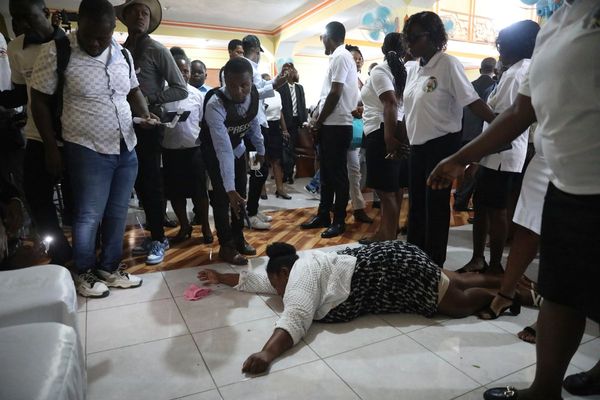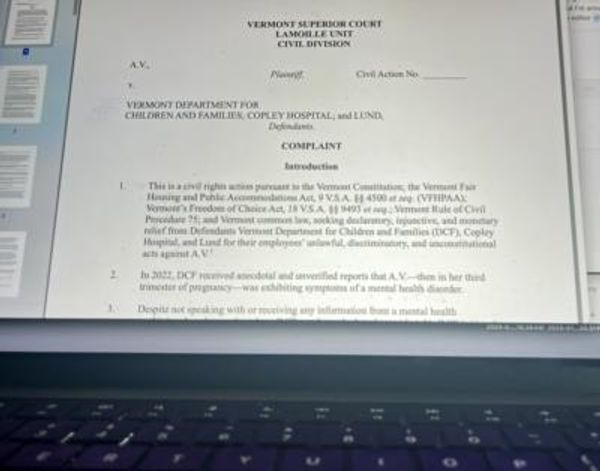The sudden spurt in human rabies deaths in the State this year, nearly 20 deaths so far, including cases where the victims were vaccinated, has raised much public alarm.
It has also brought forth questions about vaccine potency, possibility of poor vaccine cold chain management and above all, the efficacy of the intradermal route of vaccine (IDRV) administration and the fallibility of the IDRV technique .
Vaccine failure unlikely
However, public health experts feel that going by the available evidence, it is unlikely that the current spate of human rabies deaths could have been due to the failure of the anti-rabies vaccines. While the issues of vaccine potency should definitely be looked into, the crucial issues here are the nature of the wound, how the local wound was managed and whether the administration of the immunoglobulin serum in the wound site was delayed, they say.
Post-exposure prophylaxis in rabies (treatment after the bite) consists of a regimen of rabies immunoglobulin (RIG) serum and a full course of rabies vaccination at 0-3-7-14-28 days, the first doses of which should be given as soon as possible after the animal bite.
Slow-moving virus
The very logic of post-exposure prophylaxis in rabies is the fact that the rabies virus is a slow-moving virus, so that even when vaccine is administered after the bite, there is enough time for the vaccine to produce antibodies (at least 7-14 days) to prevent the virus from reaching the nerve fibres.
However, it is important that in the window before the bite victim’s body produces the vaccine-induced antibody, the virus in the wound is neutralised through the administration of the RIG in the wound site. This will give passive protection to the bite victim, till the vaccine produces antibodies to fight the virus.
The incubation period of the virus is typically 2-3 months but may vary from one week to even one year. Once the virus reaches the nerve fibre, it will take many more days before it reaches the brain and rabies manifests.
Early deaths
“It thus means that if the vaccine had failed, the manifestation of rabies and the death would happen 2-3 months after the animal bite. However, if the wounds were deep/large enough to expose nerve fibres, the virus enters the nerve fibre directly from the wound and administration of the vaccine will not help. Deaths among the vaccinated people in the State seem to have occurred within a month. The faster deaths mean that the virus had entered the nerve fibre early, before the vaccine could act. In these instances, we need to go back to the cases and examine in a research mode, the nature of the wound, how it was managed and most importantly, if the administration of the serum had been delayed,” says T.S. Anish, a public health expert.
Wound management is an important aspect of post-exposure prophylaxis in rabies, which can make the difference between life and death. Rabies virus is present in high concentration in the rabid animal’s saliva and hence it is extremely important that the wound is washed immediately with soap and water, so that the virus load in the wound is immediately reduced.
“In all likelihood, it was the failure in proper wound management — washing the wound immediately and getting to a hospital, so that the remaining viruses in the wound can be neutralised by infiltrating the wound with RIG serum — which led to the deaths,” says Dr. Anish.
Availability issues
Health officials point out that there are several issues with regard to the supply and access to RIG in the State, which could potentially contribute to the rabies deaths. The RIG is expensive and since not all dog bites require it, this drug is in stock only in big hospitals. Despite the government’s claims that the RIG has been made available from taluk hospitals upwards, shortage and non-availability of the RIG is a reality in the field. This is especially so this year, with the dog bite incidence going up three fold, pushing up the demand for the RIG.
One of the major issues impacting rabies management is the low level of awareness among people of rabies. People are often lax about seeking medical care immediately, especially if bitten by a domestic dog or there could be unanticipated delays in getting treatment. The public should be made aware of the importance of wound management and getting the first dose of vaccine and the RIG as soon as possible after the bite.







